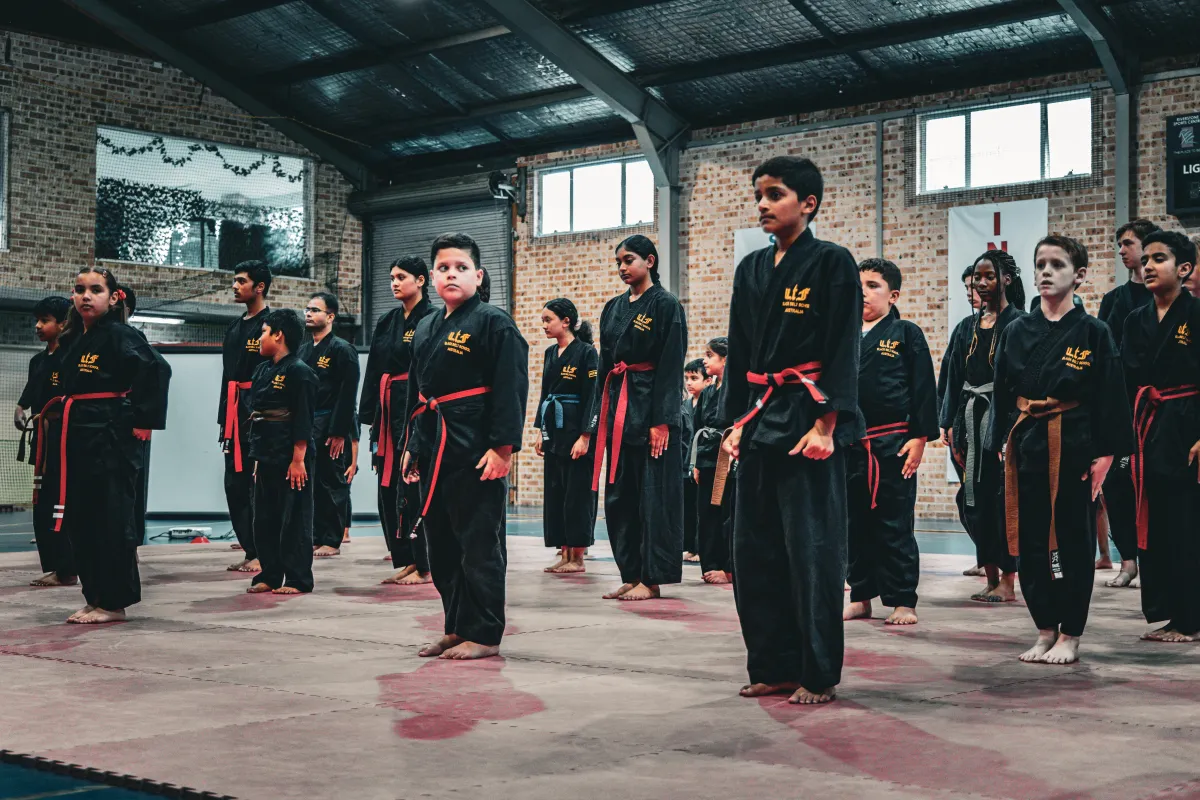WHAT IS TAEKWONDO?
Taekwondo is a Korean martial art celebrated for its high-energy kicks, precise strikes, and the philosophy that underpins its practice. More than just a form of self-defense, Taekwondo is a holistic discipline that combines physical fitness, mental resilience, and moral values to help individuals grow in every aspect of life. Its name, derived from the Korean words "tae" (foot), "kwon" (fist), and "do" (way), reflects the art's focus on the harmonious integration of physical techniques and mental discipline. Today, it is one of the most widely practiced martial arts, with millions of students across the globe.
History and Origins
Taekwondo's roots trace back over 2,000 years to ancient Korea, where martial arts were practiced as a form of combat and self-defense. Influenced by traditional Korean techniques such as Taekkyon and Subak, Taekwondo began to formalise in the 20th century after Korea's liberation from Japanese occupation.
In 1955, Taekwondo was officially named and recognised, combining Korea’s indigenous martial traditions with modern elements. General Choi Hong Hi played a significant role in popularizing the art globally, emphasizing its value as both a sport and a discipline. Taekwondo's inclusion in the Olympics in 2000 marked a milestone, cementing its status as a modern martial art with historical significance.
Health Benefits
Taekwondo offers a wide range of physical and mental health benefits, making it a popular choice for people seeking a healthier lifestyle.
Improved Physical Fitness: Taekwondo is a full-body workout. Kicking drills improve lower-body strength, while forms and sparring enhance upper-body power and coordination. Regular practice increases stamina, flexibility, and balance.
Weight Management: The high-intensity nature of Taekwondo sessions helps burn calories efficiently, making it an excellent choice for those looking to lose weight or maintain a healthy physique.
Mental Health: Taekwondo's focus on discipline and mindfulness helps reduce stress and anxiety. Practicing forms and techniques requires concentration, creating a meditative effect that boosts mental clarity and emotional well-being.
Heart Health: Cardiovascular training is a core component of Taekwondo, improving heart health, circulation, and endurance.
Injury Prevention: Taekwondo builds strength in joints and improves flexibility, which reduces the risk of injuries in everyday activities.
Core Principles
Taekwondo is not just about physical techniques; it is guided by a set of principles that shape the practitioner's character:
Courtesy (Ye Ui): Practitioners are taught to respect their instructors, peers, and themselves, promoting a positive training environment.
Integrity (Yom Chi): Honesty and fairness are emphasized, ensuring students act with moral strength in all areas of life.
Perseverance (In Nae): The ability to persist through challenges is central to Taekwondo, encouraging students to overcome obstacles with determination.
Self-Control (Guk Gi): Taekwondo instills emotional discipline, teaching students to manage impulses and remain composed under pressure.
Indomitable Spirit (Baekjul Boolgool): Practitioners develop resilience, facing adversity with confidence and courage.

14 Day No Obligation Free Trial
Why Taekwondo is for Everyone
One of Taekwondo’s greatest strengths is its accessibility. It is suitable for people of all ages, skill levels, and fitness backgrounds. Whether you’re a child learning discipline, an adult seeking fitness, or a senior staying active, Taekwondo adapts to meet your goals. Its inclusive community fosters a sense of belonging, making it an excellent choice for families, individuals, and groups.
Contact Us
